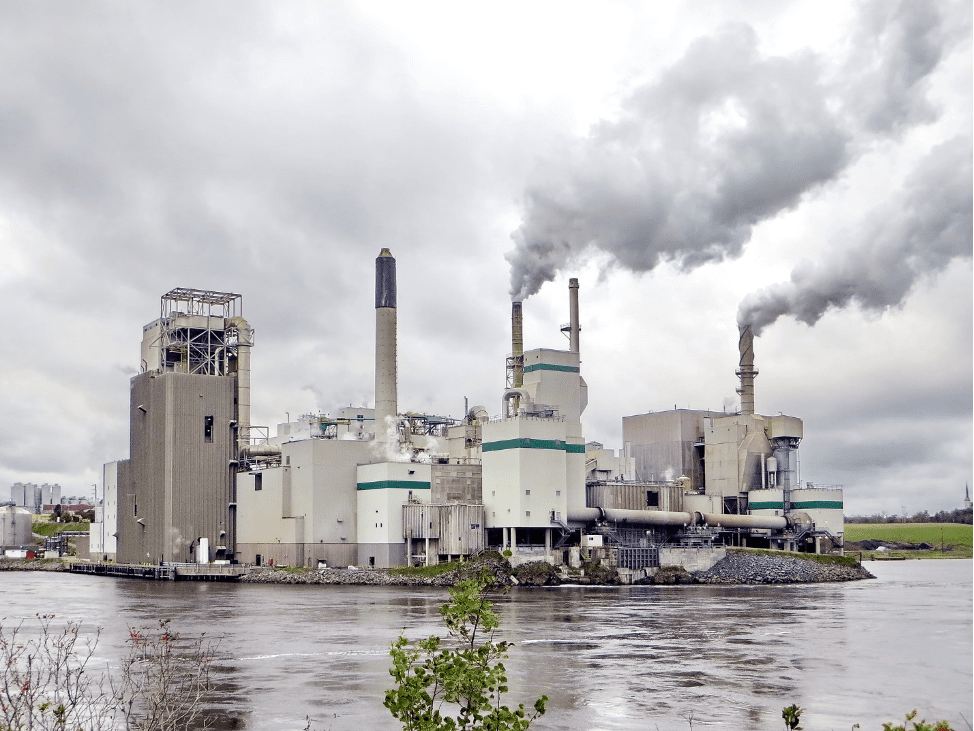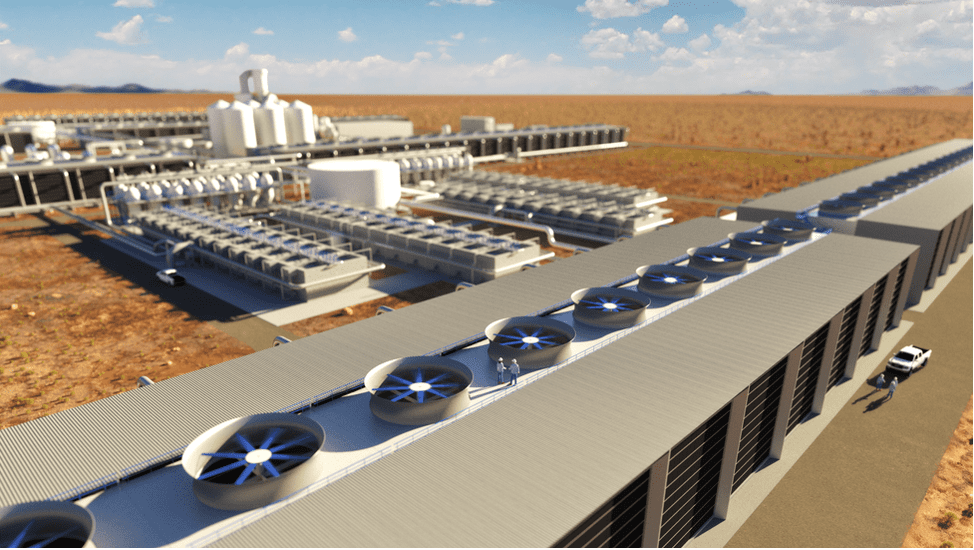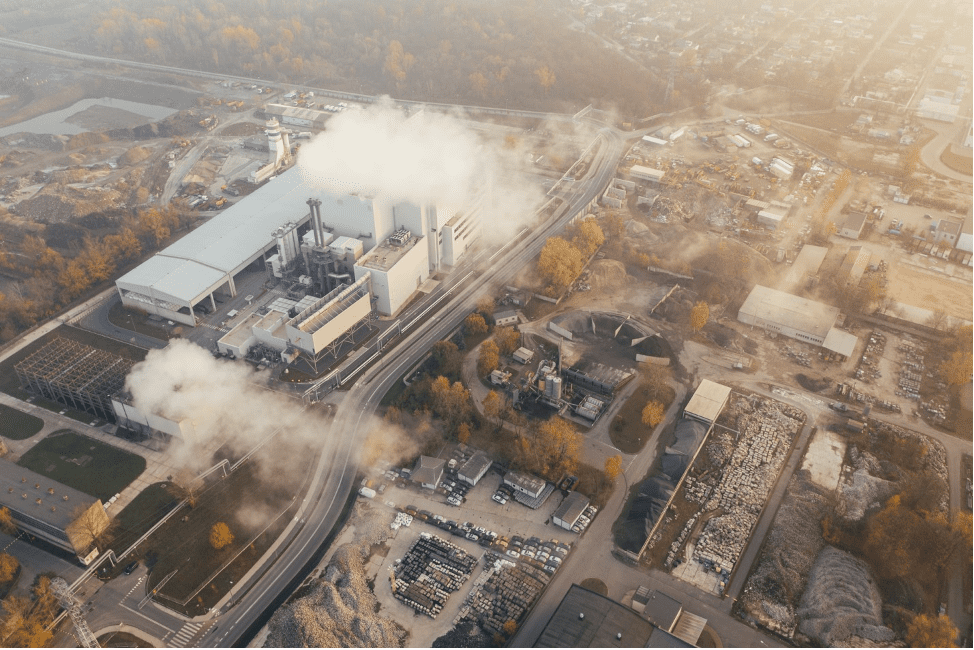The climate emergency is at an all-time high. Since the Industrial Revolution, the concentration of greenhouse gases in the Earth’s atmosphere has been rising steadily, and mean global temperatures along with it. Accounting for about two-thirds of greenhouse gases, the most abundant greenhouse gas, carbon dioxide (CO2), is largely the product of burning fossil fuels. Human activities have destroyed the world, and it is us who must fight to remedy our mistakes.

Unsplash | We’ve reached the point where switching to a carbon-neutral society won’t be enough to avoid catastrophic climate change.
According to the Intergovernmental Panel on Climate Change, large-scale deployment of CO2 removal measures – meaning plants that can capture and dispose of gigatons of emissions – are essential to remedy the climate problem. Owning up to their social responsibility, corporate giants are playing their part in bringing forth solutions quickly. As such, Elon Musk pledged $100 million for carbon-capturing technologies, while others like ExxonMobil, United Airlines, and Microsoft are making billion-dollar investments for the cause.
Introducing the Direct Air Capture (DAC)
The DAC is a technology created to capture carbon emissions from the atmosphere. This captured gas can then be used in the production of materials containing CO2 like chemicals, fuels, or building materials. If not, it can also be stored in deep geological formations. This will help ensure a negative-emission atmosphere. At the moment, 15 DAC plants are operating around the world. If the world is to limit global warming to 1.5C by 2100 as outlined by the Paris Agreement, more of these plants need to be built across the world by mid-century.

Carbon Engineering | A direct air capture plant near Midland, Texas
How Does It Work?
The science behind this marvelous creation is pretty straightforward. Firstly, the system uses fans to suck in air, which according to today’s atmospheric levels, contains 0.04% of CO2. The air passes through a filter covered with a potassium hydroxide solution. Also known as potash, this liquid absorbs all the CO2 in the air. Next, this CO2-filled potash is piped into another chamber and mixed with calcium hydroxide, which reacts to produce small flakes of limestone. After being sieved, the limestone is heated in a calciner until it reaches decomposition and releases pure CO2, which is then captured and stored.

Unsplash | The CO2 captured is stored underground
Bottom Line
Though some critics are doubtful of the DAC and claim that they might cause more harm than good, others strongly believe in the plants’ ability to create a better tomorrow, environmentally speaking. Only time will tell.








